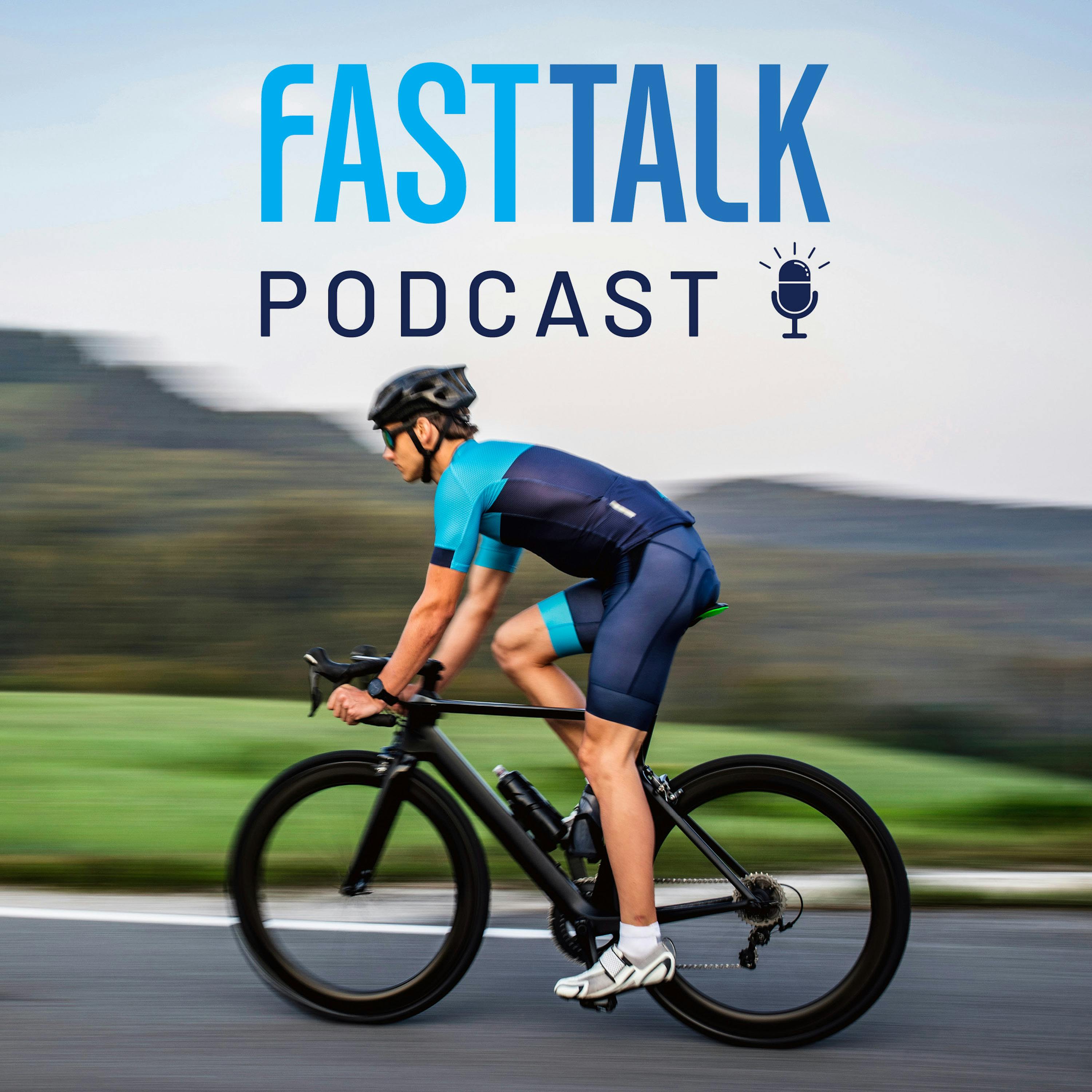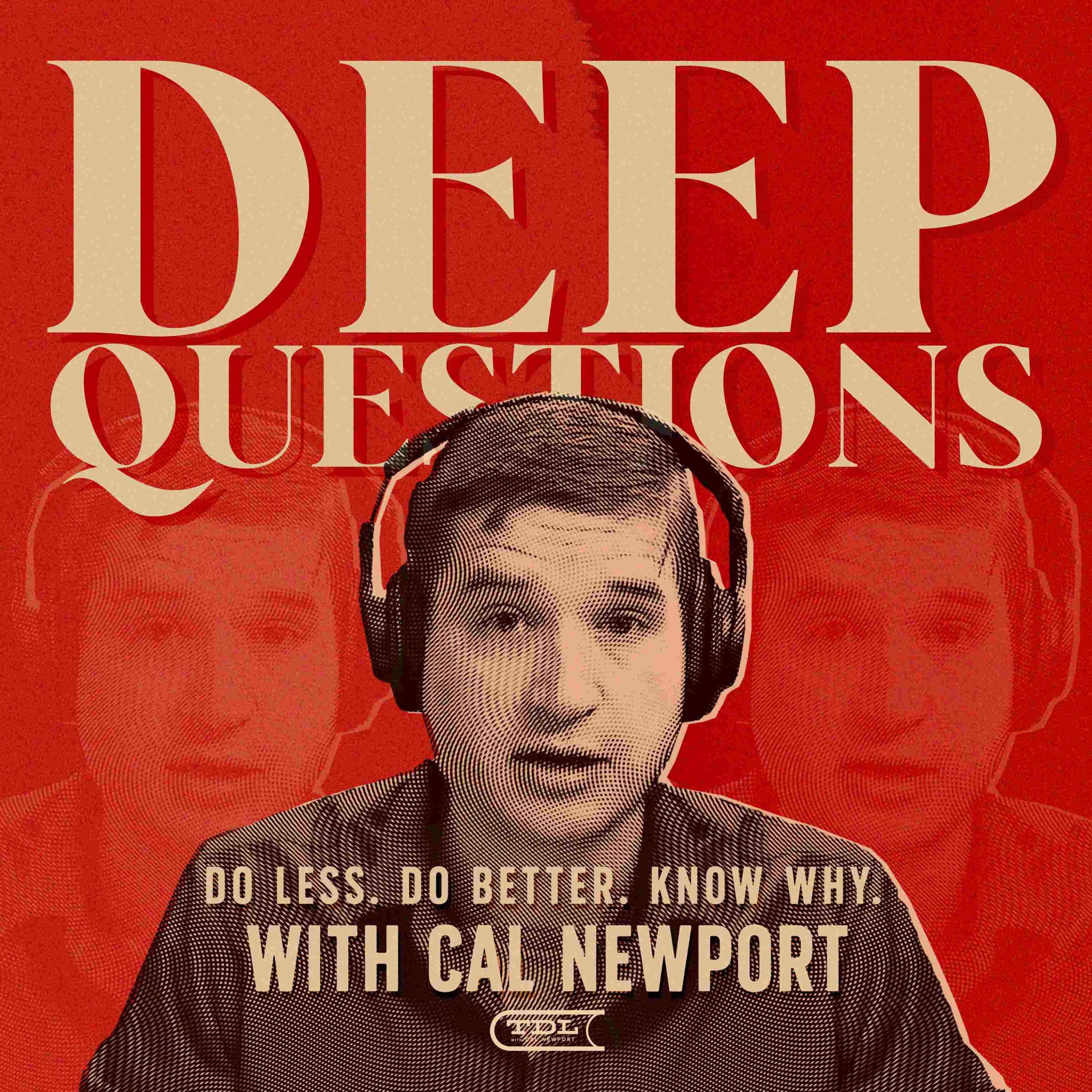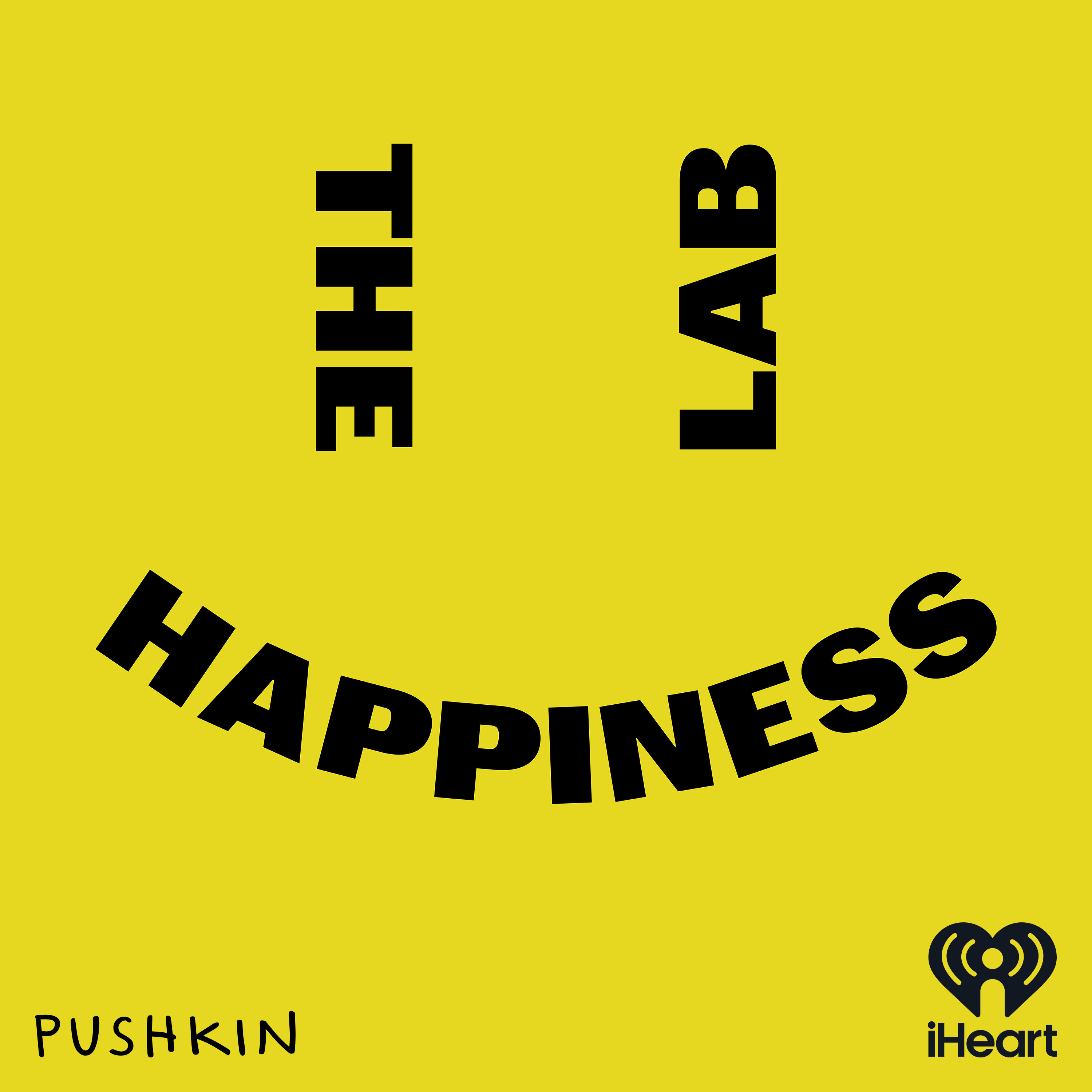
The Full Circle Podcast
The Full Circle Podcast offers listeners insights into topics and ideas pertaining to endurance sports training and racing. Hosted by Coach Laura Henry, this podcast releases episodes weekly and discusses training best practices, effective workouts, compelling research, coaching methodologies, physiology and recovery, and the best tools to help guide you unlock your potential and achieve your best performance.
The Full Circle Podcast is part of Full Circle Endurance, which is an endurance sports coaching company that serves athletes in many endurance sports, including triathlon, running, cycling, and open water swimming.
To learn more about how Full Circle Endurance can help you reach your goals, please visit us at: https://FullCircleEndurance.com/
The Full Circle Podcast
Top 10 Blog Articles of 2024
Full Circle Endurance posted 88 new articles on our blog in 2024, and we have over 586 blog posts in our archives from almost a decade of writing. These are the blog posts that readers connected with the most in 2024!
#1 - Don’t Pull Up on Your Bicycle Pedals
#2 -The Law of Diminishing Returns
#3 - Why You Shouldn't Wear a Wetsuit in Triathlons and Open Water Swimming
#4 - How to Handle Training When You Get Sick
#5 - Negative Splits are Positive Things
#6 - How Much Does it Cost to Train for a Marathon?
#7 - How Much Does it Cost to Train for an IRONMAN 70.3?
#8 - Pace & Effort are NOT the Same Thing
#9 - All About Pace-Based Training
#10 - How Much Does it Cost to Train for a Half Marathon?
Read this Article:
https://www.fullcircleendurance.com/blog/top-10-blog-articles-of-2024
Ready to start training? Check out our Coaching and Training Plan options:
Learn more about Full Circle Endurance: https://FullCircleEndurance.com/
Submit questions to be answered on the show: https://FullCircleEndurance.com/podcast/
Reach out to Coach Laura Henry: Hello@FullCircleEndurance.com
Disclaimer: The information shared in this podcast is for educational and informational purposes only and is not a substitute for professional medical advice, diagnosis, or treatment. Always seek the advice of your qualified healthcare provider with any questions you may have regarding a medical condition or health goals. Never disregard professional medical advice or delay in seeking it because of something you heard on this podcast. Reliance on any information provided is solely at your own risk.
(0:04 - 2:31)
Hello, and welcome to the Full Circle Podcast, your source for insights into the science and art of endurance sports training and racing. I'm your host, Coach Laura Henry. Full Circle Endurance posted 88 new articles on our blog in 2024, and we have over 586 blog posts in our archives from almost a decade of writing.
These are the blog posts that readers connected with the most in 2024. Number one, don't pull up on your bicycle pedals. We knew that writing an article about not pulling up on bicycle pedals would likely catch people's attention because push down, pull up is such common advice stolen out to cyclists, both by coaches and fellow cyclists alike.
So we are not surprised that the article don't pull up on your bicycle pedals was the post that readers viewed the most this year. Unfortunately, push down, pull up is poor advice. This article dives into why, and it provides alternative ways to approach pedaling mechanics that will serve cyclists and multi-sport athletes well.
Number two, the law of diminishing returns. Our second most popular post of the year was actually first published back in 2021. The law of diminishing returns discusses how this principle applies to endurance sports training.
The longer an athlete remains in endurance sports, the harder they will have to work for gains, and those gains will not be as large as they might've been when the athlete was new to the sport. Number three, why you shouldn't wear a wetsuit in triathlons and open water swimming. The discussion about whether or not to wear a wetsuit in triathlons and open water swimming is always ongoing among the athletes who train and race in these sports.
Our third most popular post of the year, why you shouldn't wear a wetsuit in triathlons and open water swimming dives into the nuances of how to make this decision by exploring the pros and cons of utilizing a wetsuit. Number four, how to handle training when you get sick. Every endurance athlete will get sick at one point or another.
What is the best way to manage this? The true answer is frustrating for a lot of athletes, if not all of them, because the answer is, it depends. A lot of factors should be considered when deciding what and how to manage training when an athlete gets sick. We shared some best practices on how to handle training when you get sick, which ended up becoming our fourth most popular article of the entire year.
(2:32 - 2:51)
Number five, negative splits are positive things. A negative split is a race strategy that involves completing the second half of a race faster than the first half. For instance, if an athlete runs a marathon in four hours and runs the first half marathon in two hours and two minutes and the second half marathon in one hour and 58 minutes, that is a negative split.
(2:51 - 3:01)
Despite its name, a negative split is actually a positive thing. And this is the theme that we explored in our fifth most popular article of 2024. Negative splits are positive things.
(3:01 - 7:00)
Number six, how much does it cost to train for a marathon? We wrote a series of four articles that dove into the financial cost of training for four of the most common long course endurance events, a marathon, a half marathon, an Ironman and an Ironman 70.3. How much does it cost to train for marathon was our most popular of these four articles. And it was our sixth most popular blog article of the entire year. When asked the question, how much does it cost to train for a marathon? Most athletes probably can't give an accurate answer.
This is most likely because they do not know how much it costs, even if they have trained for one or, and this might be the truth, they are actually afraid to face how much it actually costs them. However, hiding from the of what this costs isn't ever going to do anyone any good. And the financial cost of training for a marathon is something that all athletes should be aware of if they set their sights on one, so that they can make the best choices possible for themselves over the course of their training journey.
This article dives into all of the costs associated with training for a marathon from race registration to gear, to fueling and hydration and more. Number seven, how much does it cost to train for an Ironman 70.3? Given the popularity of our article on how much it costs to train for marathon, it's not surprising that our article, how much does it cost to train for an Ironman 70.3 also appears in our top 10 list of the year. Because of its multidisciplinary nature, triathlon can be an expensive sport.
Long course triathlons, such as Ironman 70.3 races can be particularly expensive to train for. This article dives into all of the costs an athlete can expect to incur when they decide to train for this distance of triathlon. Number eight, pace and effort are not the same thing.
Pace and effort. Out of all of the things I talk about with athletes, these two concepts and the interplay between them is what sparks the most confusion for athletes. What's interesting and deceptive about it is that athletes don't even realize that they are confused or that they misunderstand the concepts of effort and pace.
Our eighth most popular article of the year, pace and effort are not the same thing, outlines the differences between pace and effort and why it's so important to understand the difference between the two. Number nine, all about pace-based training. All about pace-based training is an article that was first published in 2023, but it likely got bumped into the top 10 blog articles of 2024 because of number eight, pace and effort are not the same thing.
Pace is by far the metric that athletes obsess the most over. I do understand why athletes have this tendency. The finish time on a clock is how athletes are measured and ranked in races.
That being said, there's a lot to understand and be willing to undertake if an athlete wants to truly train by pace. This article goes into detail about everything athletes need to know if they want to leverage pace-based training. Number 10, how much does it cost to train for a half marathon? Perhaps unsurprisingly, since two of the four articles we wrote on this topic already appear in our top 10 blog articles of 2024, how much does it cost to train for a half marathon rounds out our top 10 list.
Out of the four different types of races that we dove into in this series, the half marathon is the least expensive to train for. That being said, it is still not inexpensive to train for a half marathon and this article explores all of the costs that athletes can expect to encounter if they decide to do so. If you would like to read any of the articles that I've gone over in this episode, there's a link to all of them in the show notes.
Is there a topic that you would like us to cover in 2025? Send us an email to hello at fullcircleendurance.com to share your suggestions. As always, thanks for listening and for reading. That was another episode of the Full Circle Podcast.
Subscribe to the Full Circle Podcast wherever you listen to your favorite podcasts. If you like what you listen to, please be sure to leave us a rating and review as this goes a long way in helping us reach others. The thoughts and opinions expressed on the Full Circle Podcast are those of the individual.
(7:00 - 7:24)
As always, we'd love to hear from you and we value your feedback. Please send us an email at podcast at fullcircleendurance.com or visit us at fullcircleendurance.com backslash podcast. To find training plans, see what other coaching services we offer or to join our community, please visit fullcircleendurance.com. I'm Coach Laura Henry.
Thanks for listening.
Podcasts we love
Check out these other fine podcasts recommended by us, not an algorithm.

Fast Talk
Fast Talk Labs
excellence, actually
Steve Magness, Brad Stulberg, & Clay Skipper
Deep Questions with Cal Newport
Cal Newport
